As Russia increases its use of drones in its war against Ukraine, the effects are spilling over into neighbouring countries, creating growing concerns for Nato and the European Union.
From the Baltic states to the Nordic region, incidents involving drones are becoming more frequent directly putting a spotlight on critical vulnerabilities in Europe’s air defence systems.
Recent incursions have disrupted civilian air traffic and forced European leaders to confront an uncomfortable reality: while Nato has extensive experience defending against conventional threats like fighter jets and missiles, it is far less prepared to counter the unique challenges posed by drones.
How have drone incidents escalated across Europe?
This month, a series of troubling events unfolded, underscoring the scale of the issue. Between September 9 and 10, approximately 20 Russian drones crossed into Polish airspace, triggering a significant response from Nato forces.
During the same period, another drone crossed into Romania, while Russian MiG-31 fighter jets were reported to have violated Estonia’s airspace. These incidents came at a time when European militaries are already on high alert due to the ongoing war in Ukraine.
The situation has escalated further in Denmark, which experienced multiple drone incursions over the course of a week.
On Wednesday, drones were detected over several key locations in western Denmark, forcing Billund Airport, the country’s second busiest, to suspend operations for an hour.
Aalborg Airport, which serves both civilian and military aircraft, was closed for three hours.
Authorities also reported sightings near Esbjerg and Sonderborg airports, as well as Skrydstrup Airbase, which houses Denmark’s fleet of F-16 and F-35 fighter jets.
Witnesses described unusual aerial activity. Resident Morten Skov, who lives near Aalborg Airport, said he saw “green blinking lights coming from west of Aalborg airport, which stood still right over the facility.”
He provided video footage to Reuters showing lights moving away from the airport toward the west.
The Danish national police confirmed that these latest events matched the pattern of activity seen earlier in the week, when Copenhagen Airport was temporarily shut down due to drone sightings.
That incident was described by authorities as the most serious “attack” on Denmark’s critical infrastructure to date.
Did Denmark face a hybrid attack?
In response to the growing crisis, Troels Lund Poulsen, Denmark’s defence minister, characterised the drone activity as part of a “hybrid attack” targeting the country.
He explained that the incidents were systematic and coordinated, affecting multiple locations and occurring near vital military facilities. According to Poulsen, this level of sophistication indicated the involvement of a “professional actor.”
While Danish officials have been cautious not to directly accuse Russia without conclusive evidence, they have not ruled out the possibility.
Danish Prime Minister Mette Frederiksen stated that she could “not rule out” Russian involvement in the Copenhagen incident earlier in the week. Moscow’s ambassador to Denmark, Vladimir Barbin, strongly denied the allegations, calling them “unfounded accusations.”
The repeated drone incursions have led Denmark to consider invoking Nato’s Article 4, which requires member states to consult each other when one nation perceives a threat to its territorial integrity or political independence.
If Denmark proceeds, it would mark the third invocation of Article 4 in September alone, following similar moves by Estonia and Poland in response to airspace violations.
According to Nato’s definition, hybrid threats combine both military and non-military tactics, including cyberattacks, disinformation campaigns, covert operations, and economic pressure.
These methods are designed to blur the line between war and peace, creating uncertainty and instability.
Nato’s publicly available information notes that Russia has a history of employing such tactics, ranging from political interference and cyber activities to economic coercion and territorial aggression.
Is Russia testing Nato’s response?
Security experts and European officials view the recent drone activity as part of a broader pattern by Moscow to probe Nato’s defences and gauge its willingness to respond. The timing of these incidents is particularly significant.
The violations in Poland, Romania, and Estonia, along with the disruptions in Denmark, suggest a deliberate effort to pressure Nato and European governments at a time when Western military support for Ukraine remains crucial.
In Poland’s case, the scale of the drone intrusion was unprecedented. Estonian Defense Minister Hanno Pevkur highlighted the deficiencies exposed by the incident, stating, “Most of the drones were not detected. This is a real gap we have to solve.”
When the Russian drones entered Polish territory, Nato countries reacted by deploying fighter jets, attack helicopters, and activating missile defence systems.
However, these assets were designed primarily to counter high-speed aircraft and ballistic missiles, not small, slow-moving drones.
This mismatch exposes a key vulnerability: Europe’s air defence infrastructure is not fully equipped to handle the type of low-cost, mass-produced drones that Russia has increasingly relied upon in Ukraine.
Estonia has been on the front lines of Europe’s drone problem. In August 2025, a Ukrainian drone — believed to have been thrown off course by Russian electronic interference — crashed in southeastern Estonia.
Lt. General Andrus Merilo, commander of Estonia’s armed forces, said his country’s military has also lost several of its own surveillance drones to Russian jamming.
Merilo described the fundamental challenge facing European militaries: the need for a large number of affordable, scalable defensive systems.
“What I need is technology that is good enough, it’s affordable and can be produced in mass,” he told AP. “I don’t need high-end capabilities of which I can fire only one, against targets which will be attacking in hundreds.”
Can a European “Drone Wall” become a reality?
In response to these mounting threats, some European defence ministers have begun advocating for a coordinated regional defence network that has been informally dubbed a “drone wall.”
The goal would be to create a multilayered system of sensors, electronic warfare tools, and low-cost interceptors stretching along the EU’s eastern borders, particularly in countries bordering Russia, Belarus, and Ukraine.
Earlier this year, Estonia and Lithuania submitted a joint proposal for EU funding to support the creation of such a defence line.
However, the European Union declined to provide funding in March, citing competing priorities. Estonian Defense Minister Pevkur has urged the EU to reconsider, arguing that the urgency of the situation leaves little room for delay.
While there is growing political support for the concept, experts caution that implementation will be complex. “Drones are not mosquitoes,” Pevkur said, rejecting the idea that they could simply be neutralised with a single electronic barrier.
The diversity of drones — ranging from high-altitude reconnaissance platforms to small, disposable attack drones — means that no single solution will suffice.
Merilo outlined what an effective defense system would require: “sensors, electronic warfare … also low-cost small missiles or attack drones.” Such a multi-pronged approach would allow defenders to tailor their response to the specific threat.
The war in Ukraine has demonstrated the speed at which drone technology evolves.
European procurement processes can take years, leaving a dangerous lag between emerging threats and available countermeasures.
A lesson from Ukraine is that drone warfare is highly dynamic. What works today may be ineffective tomorrow. This creates a constant need for adaptation and innovation, requiring sustained investment and cooperation among allies.
While drones have become the most visible aspect of Russia’s recent actions, European officials stress that they are only one part of a larger strategy.
For example, shooting down drones near airports is not always a viable option due to the risk of collateral damage from fuel tanks, aircraft, and nearby infrastructure.
Danish authorities have confirmed they have the capability to intercept drones but prefer to avoid doing so in populated areas unless absolutely necessary.
Also Watch:
With inputs from agencies


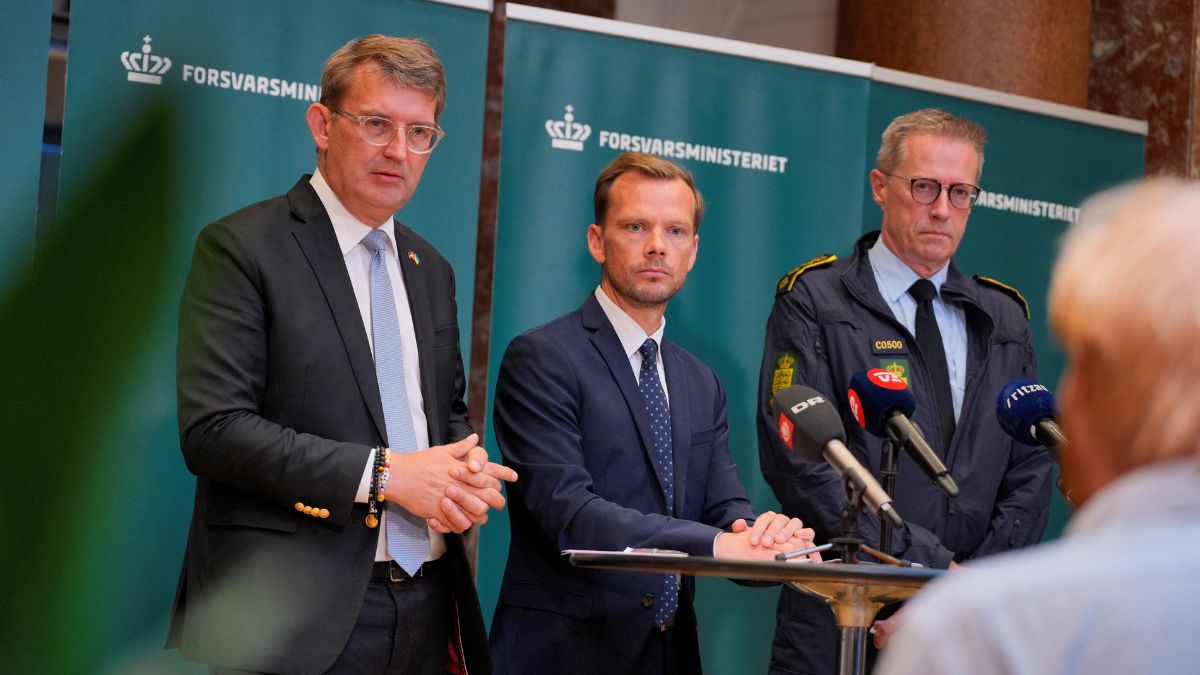)

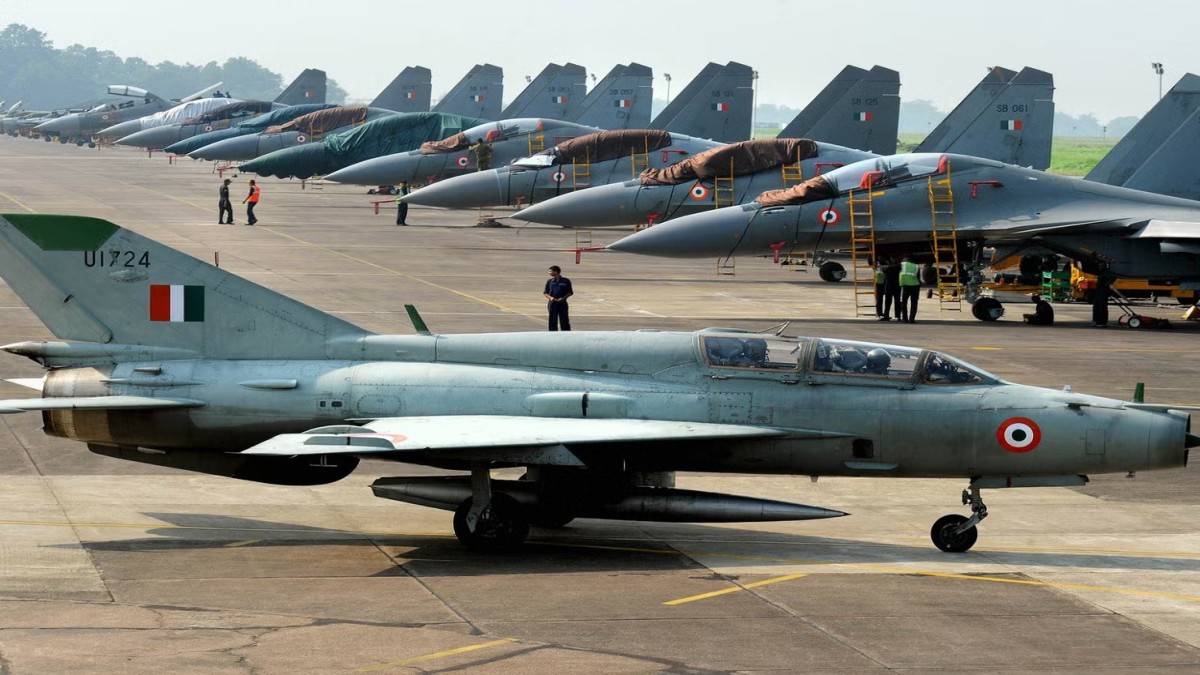)
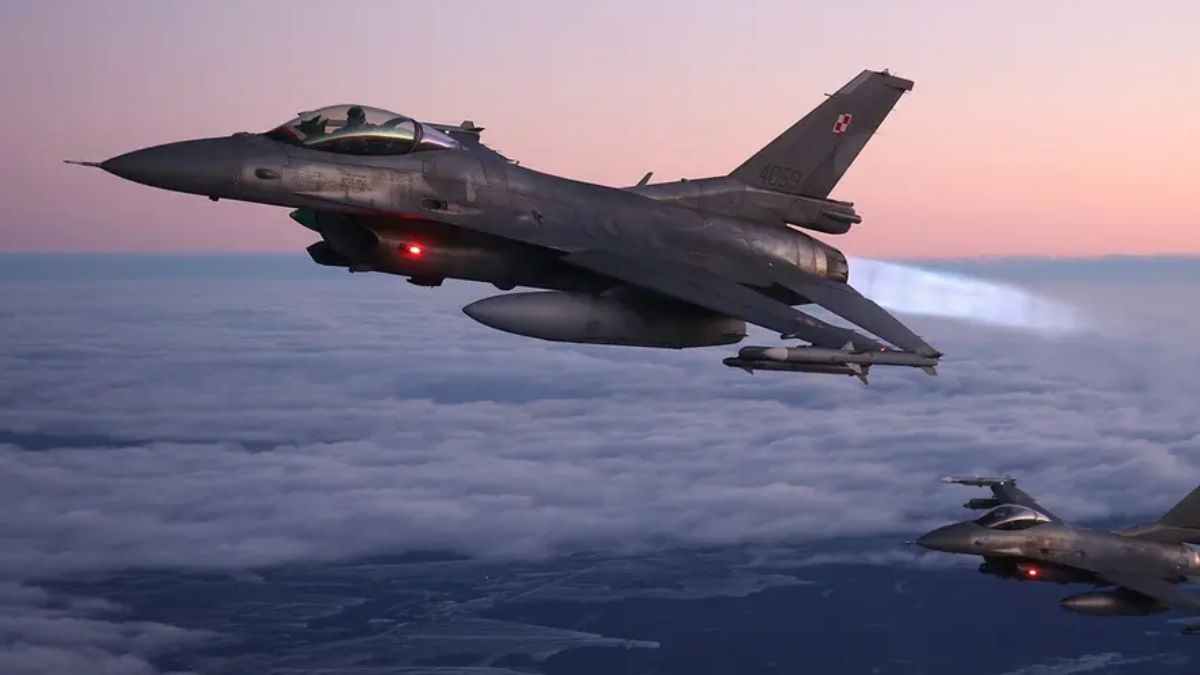)
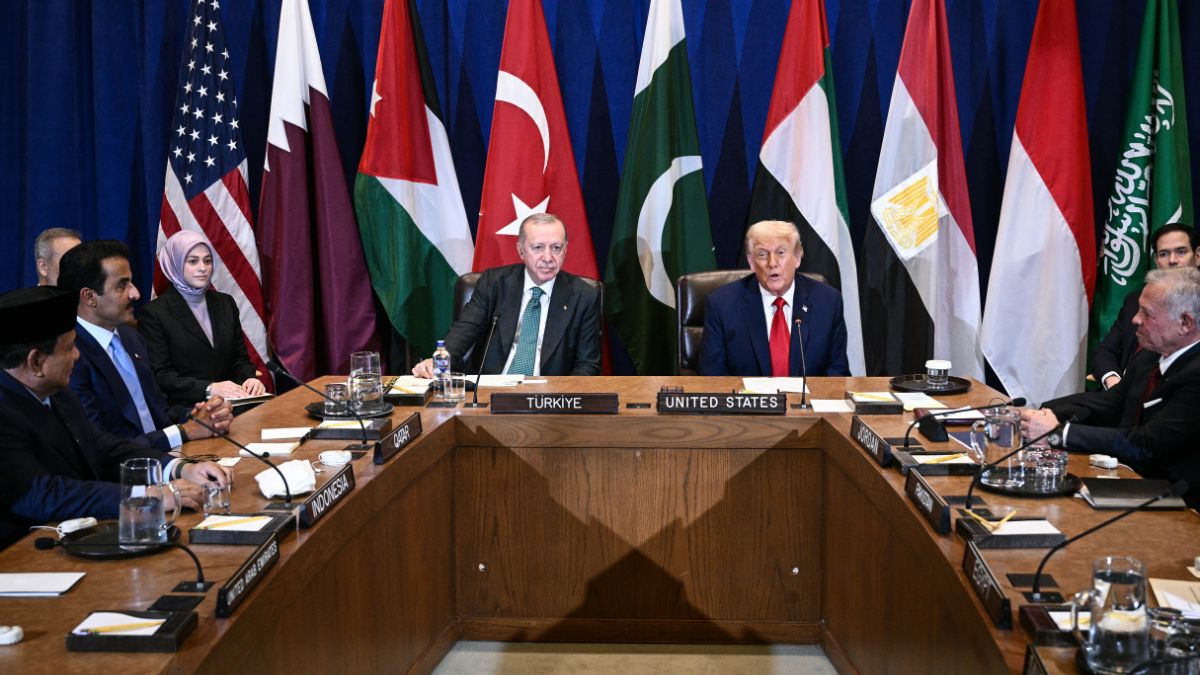)
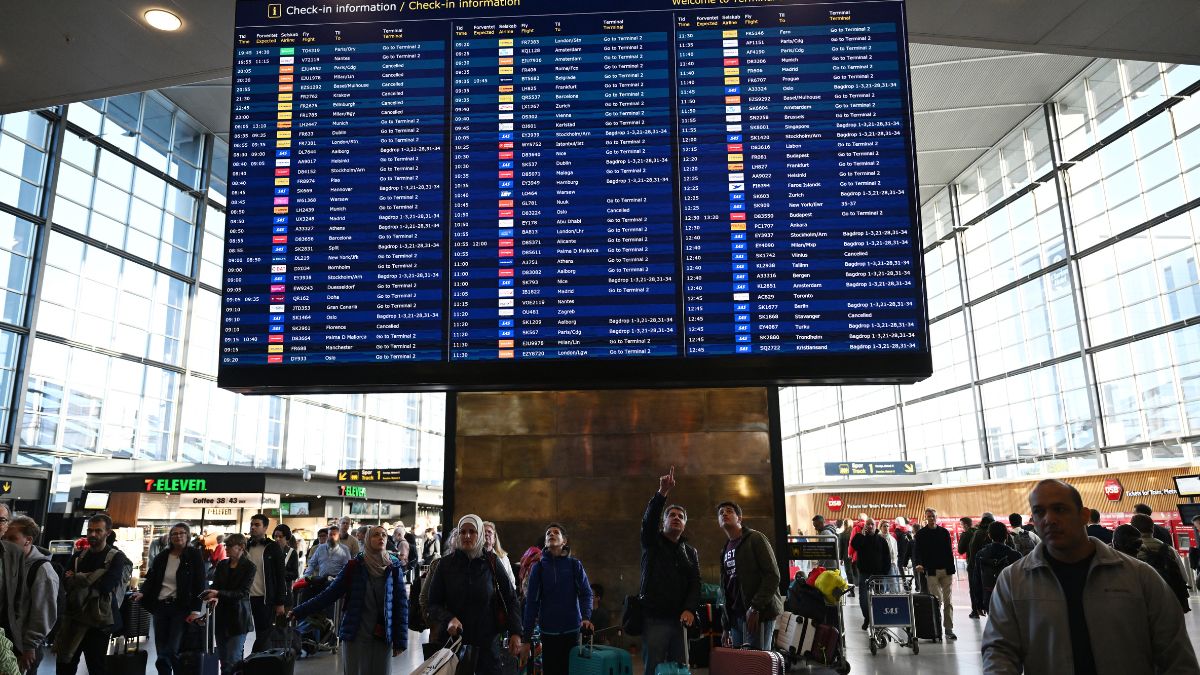)
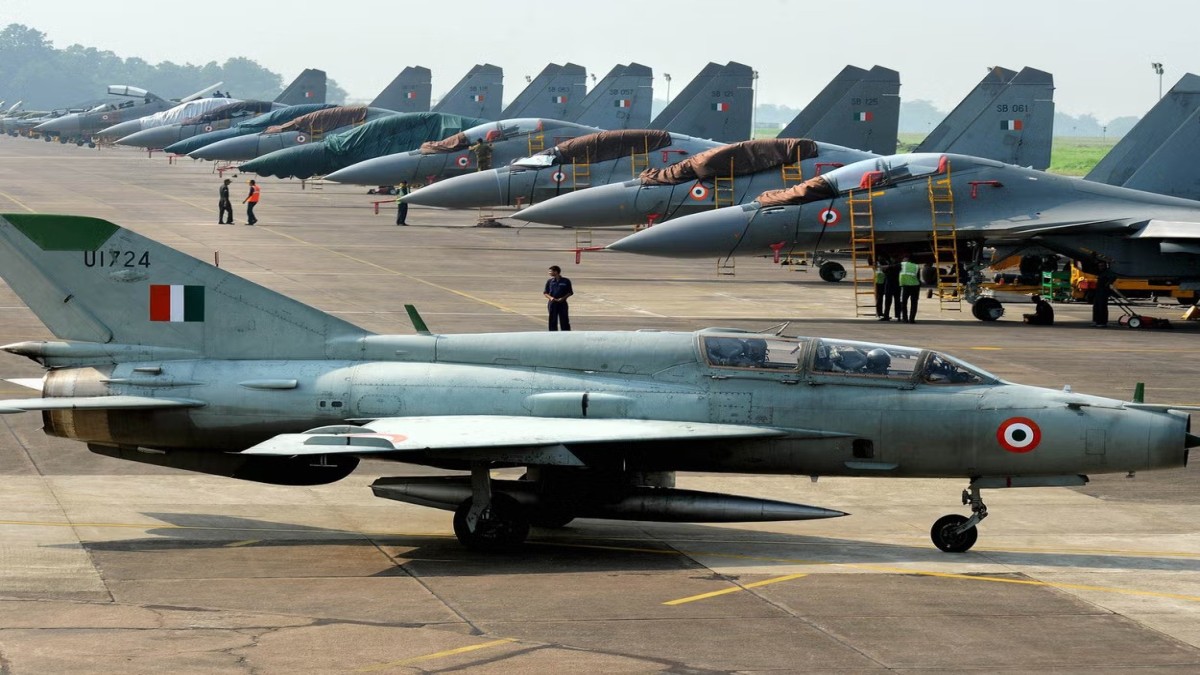)
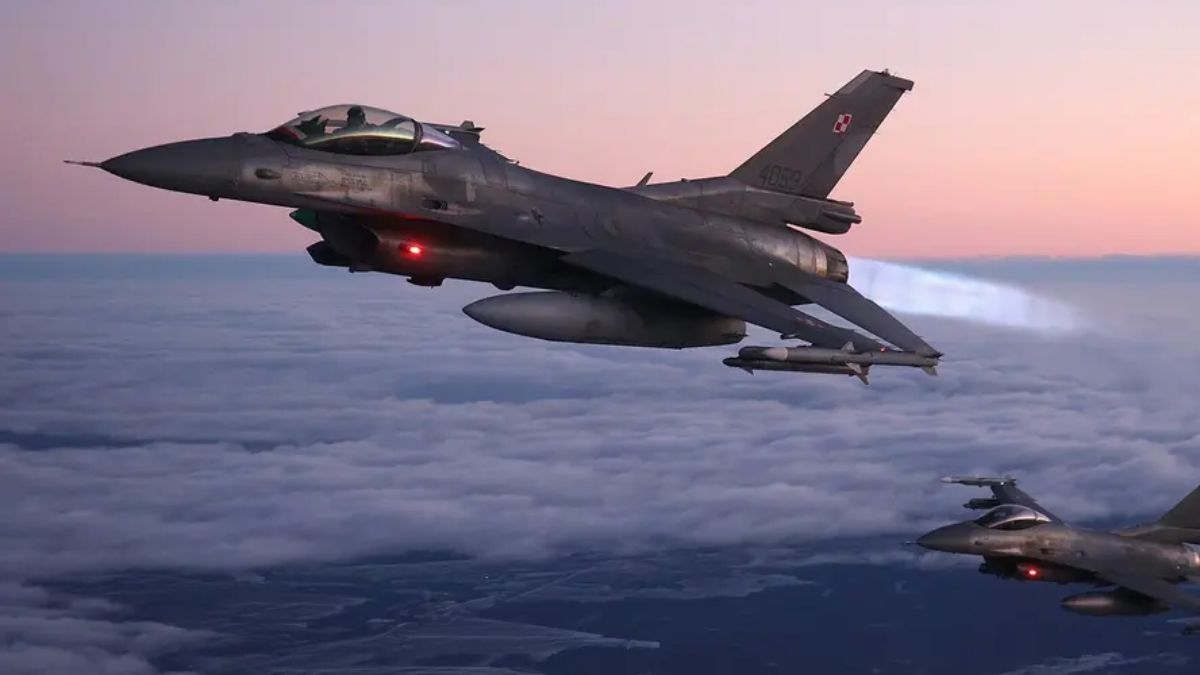)
)
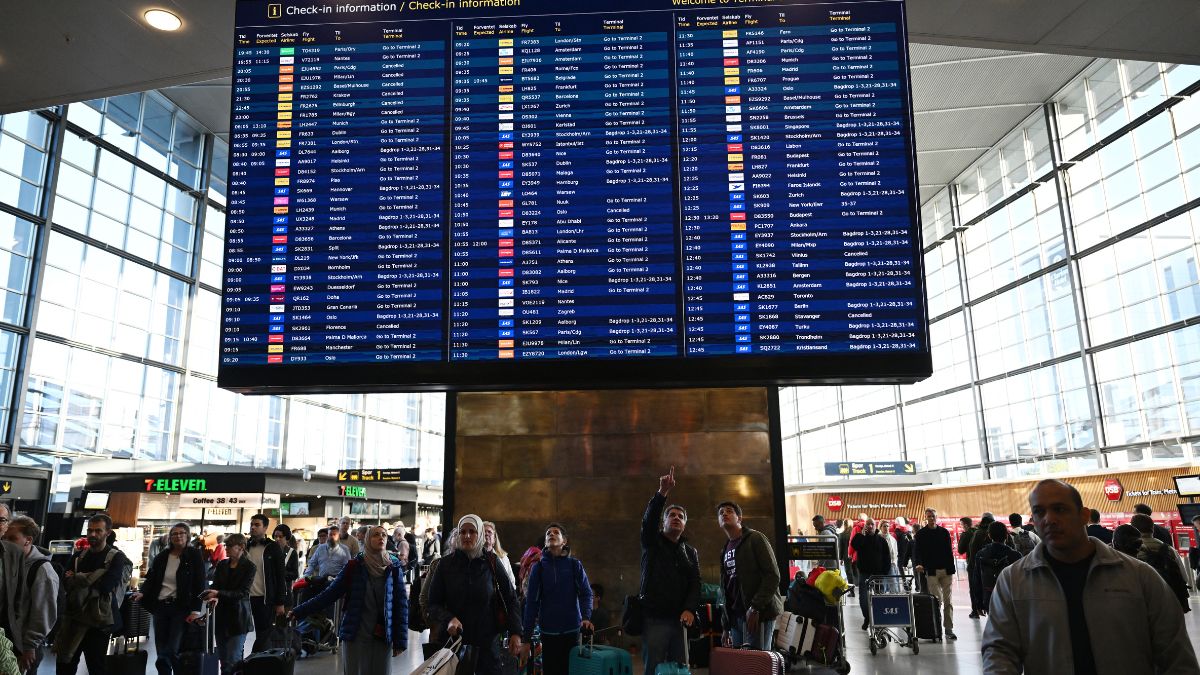)



